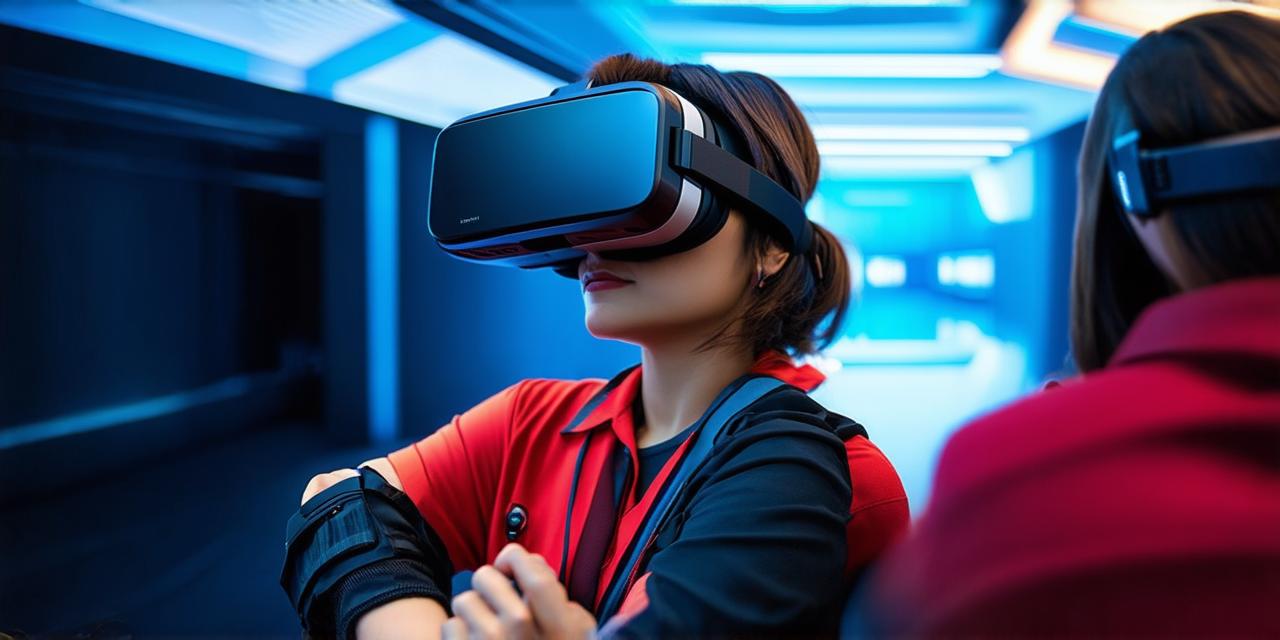Virtual Reality (VR) is a rapidly growing technology that allows users to experience immersive digital environments in a realistic way. While it was initially developed for gaming and entertainment purposes, VR has quickly become a powerful tool in various industries, including healthcare, education, and training.
One of the most promising applications of VR is in the field of healthcare. With VR, doctors and patients can simulate real-world medical procedures and conditions in a controlled environment, allowing for safer and more effective treatments. For example, VR can be used to perform surgical procedures in a virtual operating room, allowing surgeons to practice their techniques without risking patient safety.
Additionally, VR can be used to treat phobias and anxiety disorders by exposing patients to virtual environments that trigger their fears.
Another area where VR is making a significant impact is in education. VR allows students to explore and interact with digital content in a more engaging and immersive way than traditional classroom methods.
For example, history students can take a virtual tour of ancient civilizations or explore the solar system in 3D. Science students can conduct experiments in virtual labs, allowing them to investigate complex concepts without any safety risks.
Virtual reality is also being used for training and simulation purposes in various industries.
In aviation, pilots can use VR simulations to practice flying in different weather conditions and scenarios, helping them become more prepared for real-world flights. Similarly, in the military, soldiers can use VR simulations to train for combat situations, allowing them to prepare for real-life battles without putting themselves or their fellow soldiers at risk.
In the field of architecture and design, VR allows professionals to create and test designs in a virtual environment before building them in the real world. This can save time and money by eliminating the need for physical prototypes.
Additionally, VR can be used to visualize complex projects, such as urban planning or infrastructure development, allowing stakeholders to see the project from multiple perspectives and make more informed decisions
Virtual reality is also being used in the field of tourism and travel. With VR, tourists can explore different destinations in a virtual environment, allowing them to get a sense of what it would be like to visit without actually traveling there.
This can save time and money while still providing an immersive and engaging experience.
While virtual reality is still in its early stages, it has already shown immense potential for revolutionizing the way we live, work, and learn. As technology continues to advance, we can expect to see even more innovative applications of VR emerge in various industries.
Whether you are a healthcare professional, an educator, or a business owner, there is likely to be a daily application of VR that can benefit your organization.
In conclusion, virtual reality is a rapidly growing technology that has the potential to transform many aspects of our lives. With its ability to create immersive and interactive experiences, VR is already being used in healthcare, education, training, architecture, tourism, and more.
As technology continues to advance, we can expect to see even more innovative applications of VR emerge in various industries. Whether you are a virtual reality developer or simply curious about this exciting new technology, there is no denying that VR has the potential to change the world.
